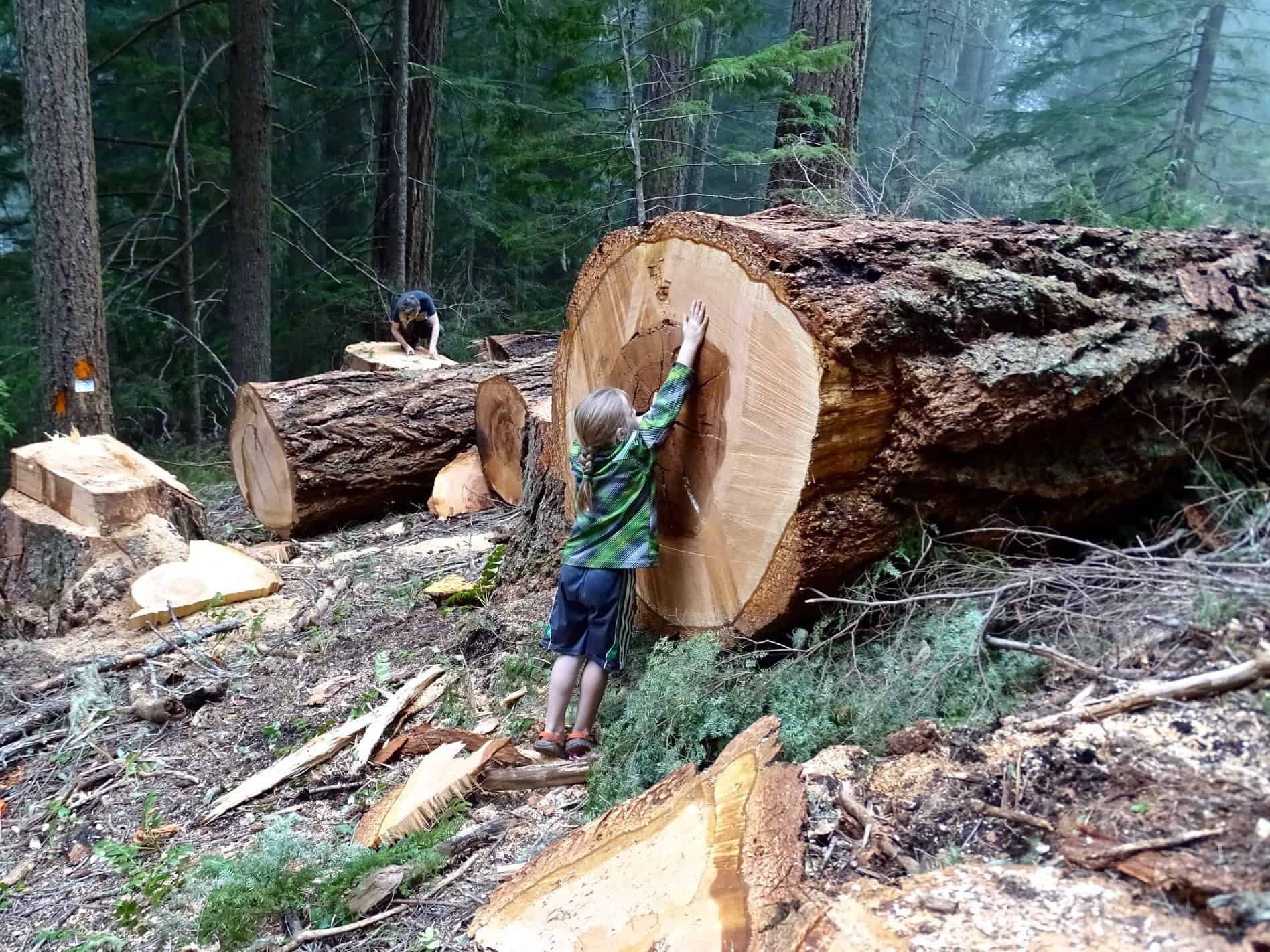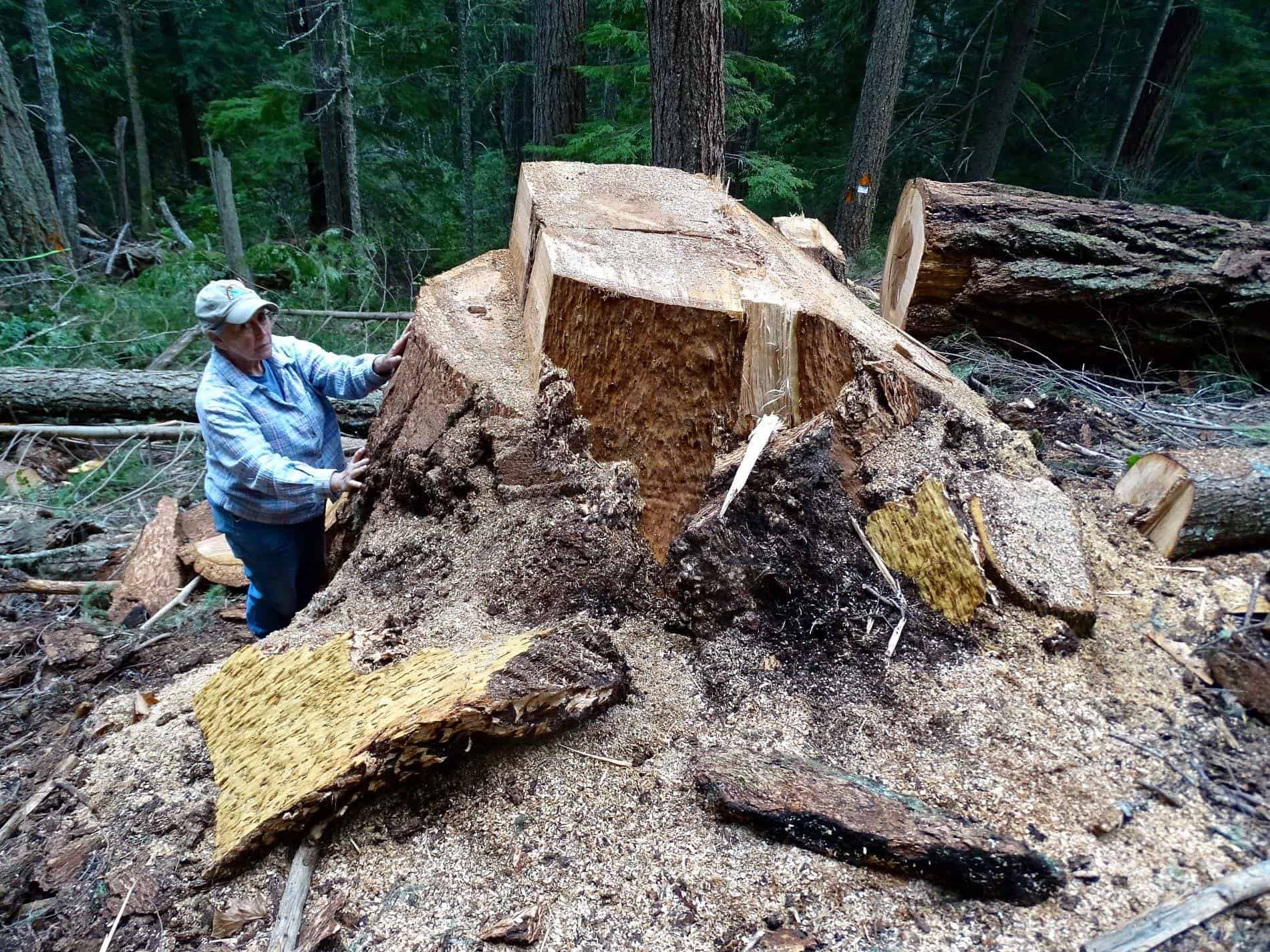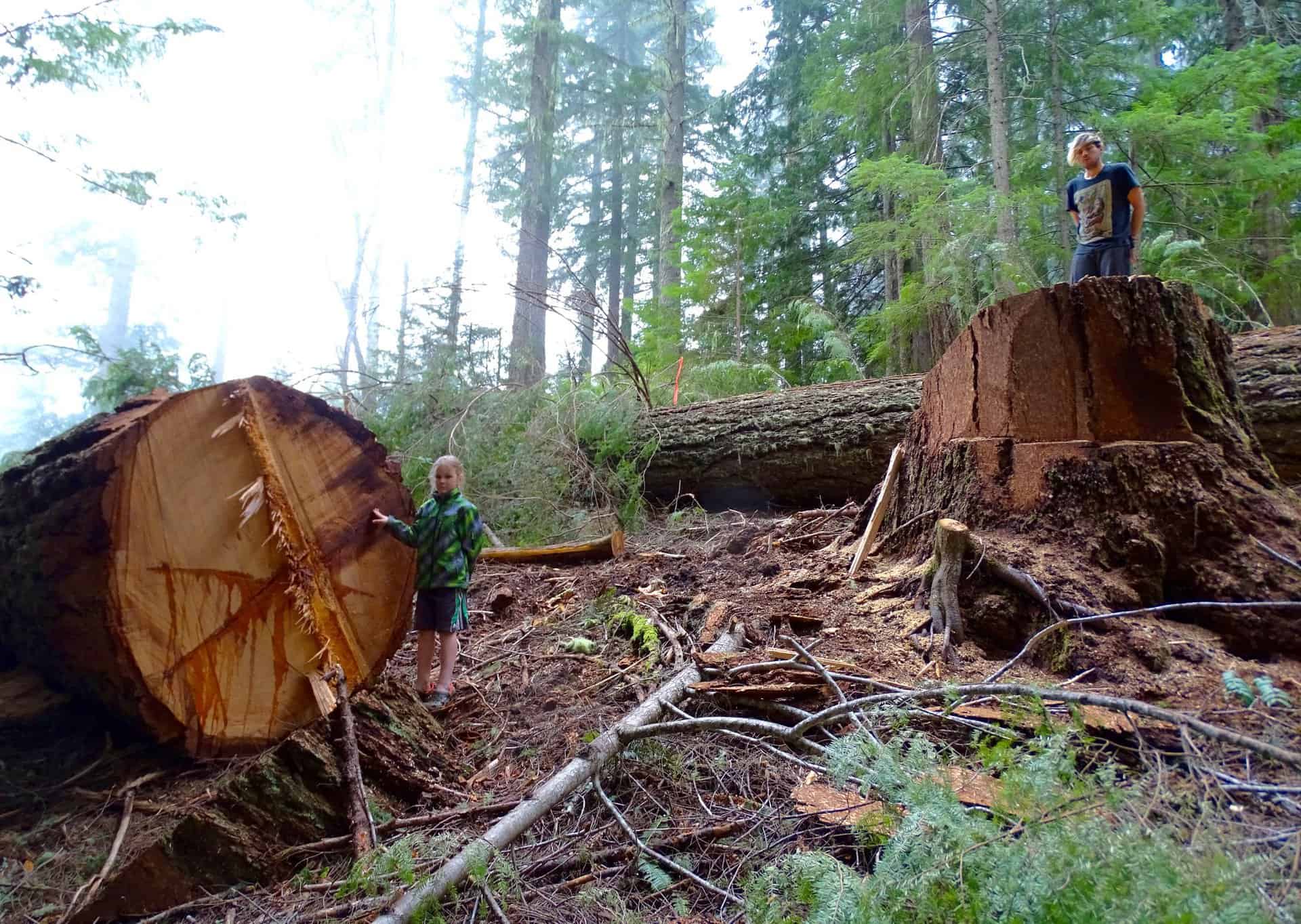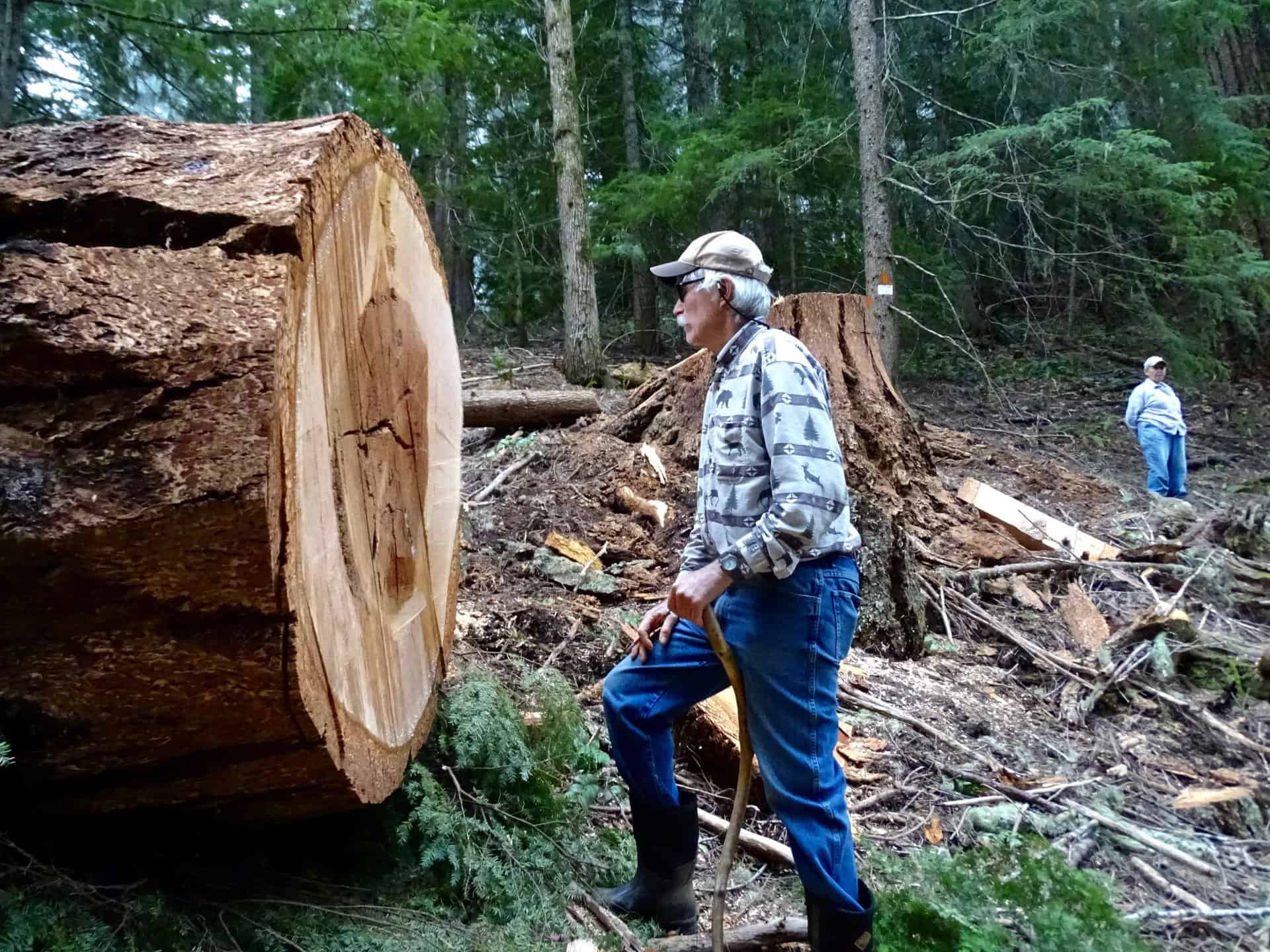Received this press release today — see below. The Norbeck Society objects primarily to overstory removal, which it sees as “a threat to the long-term sustainability of the timber industry in the Black Hills.”
This is a very large project to be carried out over 10 years. From the draft RoD: “Combined, all of these defined areas total approximately 676,600 acres. Because each activity will occur on a fraction of its defined area acres, and because more than one activity will occur in some areas, the total area where activities will actually occur is estimated at 400,900 acres. This includes approximately 298,900 acres of mechanized activities.”
Includes 185,210 acres of overstory removal.
“Overstory removal harvest is a substantial component of my decision. This treatment method will release young stands from competition with older, overstory pine and reduce stocking levels in overstocked stands. Based on the analysis in the FEIS (pages 58, 60-63, 65), I believe this activity contributes significantly to meeting the purpose and need for this project. Overstory removal treatments will increase the acreage of early succession, younger pine across the project area.”
And: “Among planned activities, overstory removal and patch clearcut will result in the greatest change from existing visual conditions. Because harvest units will be designed in accordance with Forest Plan guidelines, they will appear different from the existing condition but similar to natural forest openings or young stands. The resulting appearance will not be out of character for the area.”
^^^^^^^^^^^^^^^^^^^^^^^^^^^^^^^^^^^^^
Norbeck Society
P.O. Box 9730
Rapid City, SD 57709
For Immediate Release
New Proposal Kills Timber Industry by Logging Black Hills to Death
RAPID CITY (May 22, 2018) — The Black Hills Resilient Landscapes (BHRL) Project that is on the brink of approval by the Black Hills National Forest is a threat to the long-term sustainability of the timber industry in the Black Hills. Further, the plan threatens ecosystems needed to support diverse habitats for wildlife, the associated regional tourism industry, and the high quality of life enjoyed by area residents. The proposal also decreases resilience to wildfire and insect infestation in the Black Hills and focuses its efforts on areas that are currently at low risk to insect infestation and wildfire.
For many years, those concerned with widespread logging in the Black Hills have been dismissed by the timber industry as radicals who oppose all forms of thinning. This is an untrue and unfair description of the concerns shared here.
The current proposal, and the annual timber harvest levels for which it opens the door, kills the long-term viability of the local timber industry with overly aggressive commercial logging on more than 185,000 acres. The timber harvest method proposed for these acres is “overstory removal,” which when implemented will look a lot more like clearcutting than the thinning that has traditionally been used in the Black Hills. Many of these stands proposed for cutting were heavily thinned in the last 10 years. The objective of the heavy thinning was to lower the risk from mountain pine beetle and wildfire. Now, the Forest Service is proposing to cut them again.
To implement the massive harvest, the plan also calls for more than 3000 miles of road work which will further divide and damage forest ecology. According to required public disclosures, the Forest Service states that the project will cause an increase in noxious weed infestations which they will not have the means to control.
The Forest Service is required by law to manage the National Forest for sustainability — to manage for the “long-term sustained yield” of the timber supply. This simply means that they cannot cut more trees/wood on an annual basis than what grows every year. This is basic forestry that is taught at every Forestry school in the country. Yet, the Forest Service cannot assure us that they are managing the National Forest for long-term sustained yield. It is not addressed in the BHRL project document.
The annual, allowable timber harvest for the Black Hills National Forest was developed in 1997 as part of the current Forest Plan for managing the Forest. Since that time, there have been many, significant impacts to the Forest and its timber inventory, such as large wildfires (Jasper Fire and others) and an extensive mountain pine beetle infestation. Common sense tells one that with these impacts the annual timber harvest should be lowered to a sustainable level. However, the Forest Service continues to harvest as many trees as it has for the past decade even after the mountain pine beetle infestation officially ended in 2016. They have offered no assurance that there will be any reduction in annual harvesting levels with the BHRL project.
If the BHRL project is fully implemented at the current levels of timber harvest, local saw mills could close in the next few years due to a significant reduction in the number of trees left to harvest. This could mean losing all of the 1400 timber industry jobs rather than keeping some to manage a smaller, more appropriate timber program. If the timber industry is shut down completely, it would leave the Black Hills National Forest without an important tool to effectively manage the forest in the future.
The currently planned annual harvests violate standards for a sustained yield. The annual net growth of the forest has been in negative territory for the past decade. (Net growth is simply the total growth minus losses due to timber harvest, insects, and fire.) Yet, those backing this plan, including the timber industry, are advocating for short-term profits for the few over the long-term viability of a healthy timber industry and a sustainable multi-use forest.
In truth, the heavy commercial logging treatments in the Black Hills Resilient Landscapes plan do very little to support the claim of reducing risk of insect infestation and catastrophic wildfire in the Black Hills. Forest managers have many other tools including prescribed burning and non-commercial thinning to maintain resiliency to wildfire and insect infestation in our forests. The benefits of these types of tools are high and their use is needed now more than ever to move the Forest to a resilient status. The number of acres set for prescribed burning in this plan should be increased and should be the focus of the BHRL project. Large fires are weather and climate driven, and the Forest that people depend on needs to be prepared. Note that the largest fire in Black Hills History, the Jasper Fire of 2000, burned over 83,000 acres through one of the most heavily logged areas of the Hills. The Black Hills Resilient Landscapes project as proposed will also increase the number of large slash piles that can contribute to the spread of catastrophic wildfire, as noted by Dr. Darren Clabo the state fire meteorologist in his analysis of the recent Legion Lake fire (53,000 acres) of December, 2017. (Rapid City Journal, April 21, 2018)
The Norbeck Society will be attending an Objection Resolution Meeting on Friday, May 25, 2018 when objection issues and suggested remedies will be discussed. The meeting is arranged by the Deputy Regional Forester for the Rocky Mountain Region.
Members of the press or public may wish to see the official objections of the Norbeck Society and read about the Black Hills Resilient Landscapes Project
Media Contact:
on behalf of Robert Burns, Norbeck Society President,
Mary Zimmerman
605-342-2552




